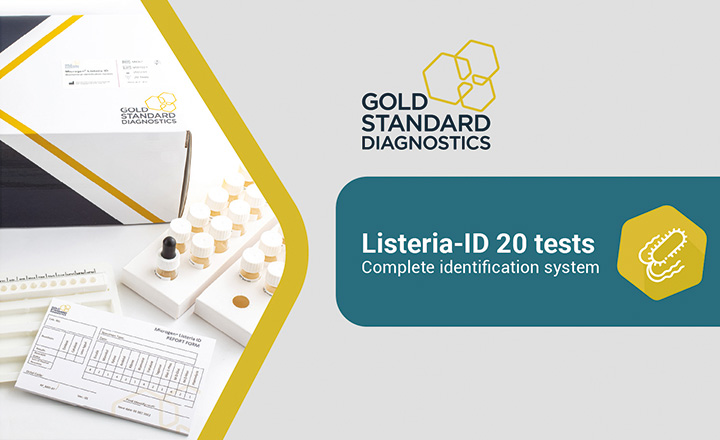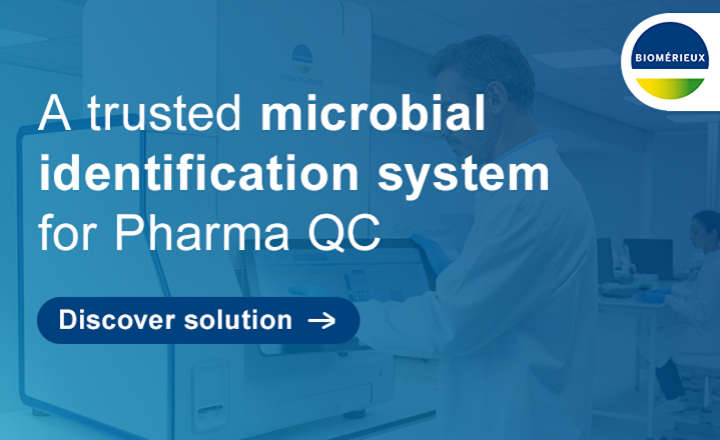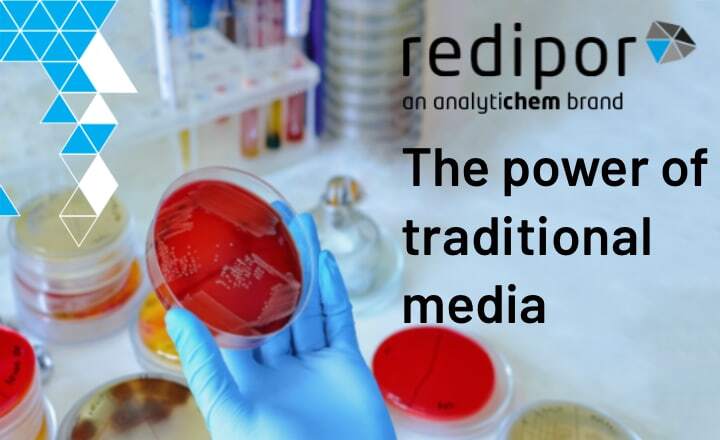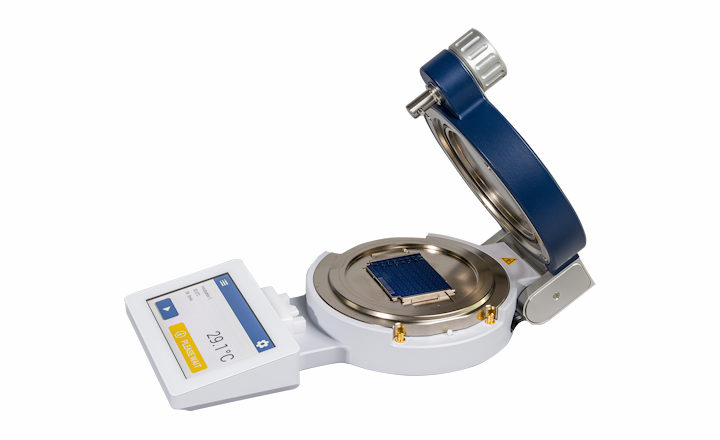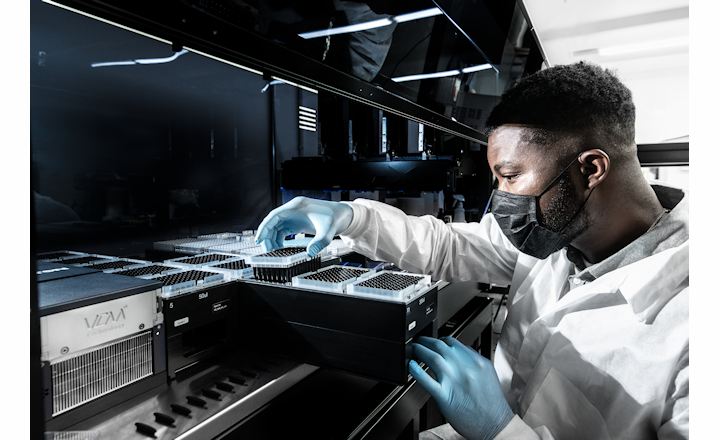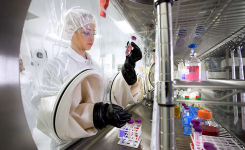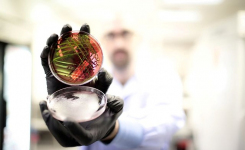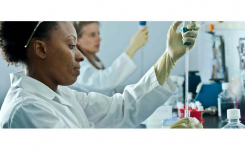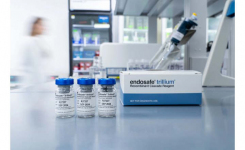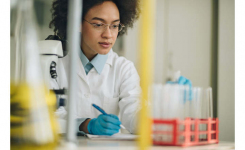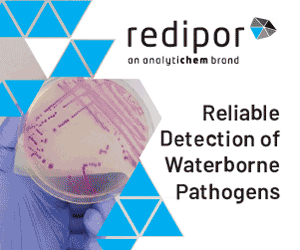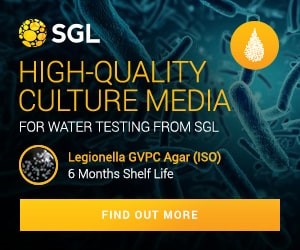In the rapidly changing field of microbial identification, even ribosomal RNA gene-based methods can fail to help when accuracy is most important. Although these methods have worked well in labs for years, they often struggle speciating closely related organisms. The lack of precise species-level identifications can present significant financial and operational challenges to decision makers responsible for pharmaceutical product release.
For labs that need highly accurate taxonomic resolution, a protein-coding gene sequencing approach provides something that traditional identification sequencing methods can't: the ability to tell species apart that report as the same isolate. Microbiologists can now confidently identify even the most challenging cases, such as Bacillus cereus group or Burkholderia cepacia complex isolates, thanks to this advanced technology.
Imagine the scenario where the isolator settle plates reveal two mysterious colonies that defy the lab’s usual identification scheme. They're clearly not the typical personnel-related gram-positive cocci - they look eerily similar to that troublesome isolate from two months ago that was subsequently identified as Bacillus cereus. But is this the same organism or merely a close relative?
The AccuGENX-ID® ProSeq test may be able to deliver the definitive answers by harnessing protein-coding gene sequencing to provide unambiguous, species-level accuracy that surpasses ribosomal RNA gene analysis. It fills the gaps in species-level discrimination within closely related groups such as the Bacillus cereus group, offering the precision and reliability essential for confident batch release.
In this expert insight interview with Jessica Rayser, MS, MBA - Associate Director of Product Management at Accugenix®, we explore what makes AccuGENX-ID ProSeq an indispensable resource for achieving precise, accurate microbial identification when it matters most.
Q: How accurate is protein-coding gene sequencing for microbial identification?
Jessica: Protein-coding gene sequencing is a very accurate method for separating closely related species. Sanger sequencing is a high-confidence assay when combined with expert data analysis and libraries. ProSeq assays are designed by first doing a literature search to identify gene candidates. Primers are designed and then tested with culture collection strains to look for gene amplification and resolution through a phylogenetic tree. Once that is optimized, the assay is further tested with a large number of samples. If the resolution is acceptable, the ProSeq assay is validated.
Q: Is protein-coding sequencing possible for bacteria and fungi?
Jessica: Protein-coding DNA sequencing is available for both bacteria and fungi. For bacteria, some common gene targets are gyrB, recA, pycA, and rpoB, although others could be used depending on the complex. Fungi are often separated using gene targets like EF-1 and β-tubulin.
Q: How does it compare to other methods, like MALDI-TOF MS?
Jessica: Phenotypic assays, MALDI-TOF MS, and 16S rDNA sequencing are primary methods for microbial identification, but all have limitations where they cannot resolve closely related species in instances where either the general biochemical characteristics, protein spectra, or 16S rDNA sequences are all the same or extremely similar. They can only identify to the group or complex level. Utilizing a secondary ID method, such as a protein-coding gene target, is a straightforward and easy method for generating a true species-level identification.
Q: What are the limitations of this method? What influence can the sequencing library have on the reported result?
Jessica: One limitation of ProSeq assays is that they are group or complex dependent, in that each group or complex requires a specific gene target to get resolution. What works for one group of closely related species may not work for another. Thus, extensive development and testing must be conducted to create a validated and successful assay. When analysing the DNA sequence, an accurate and curated reference library is required to ensure that the data is interpreted correctly.
Q: What are the essential steps for sample preparation?
Jessica: Protein-coding gene sequencing is performed using Sanger sequencing. Genomic DNA is extracted and purified from microbial colonies and is used as a template in a PCR reaction to amplify the gene of interest. That DNA is purified and fluorescent dyes are incorporated into the gene fragments. After a final purification, the fragments undergo gel electrophoresis to generate the raw sequence data. Data scientists assemble this into a consensus sequence, compare it to a library, and create a phylogenetic tree. Scientists interpret the tree to make a confident species-level identification.
Q: How can a highly accurate species-level identification be used to improve operational outcomes?
Jessica: Species-level identifications are not only required by regulatory guidance but are also imperative for effective tracking and trending, risk assessments, and contamination investigations. Identifications can show the ingress of organisms into the facility and the movement into cleanrooms. Since the pathogenicity of organisms in a group or complex can vary (e.g., B. cereus versus B. thuringiensis), having a true species-level identification enables the company to correctly assess risk to the product, patient, or consumer, and manufacturing process. If a contamination event does occur, the identification is the starting point for determining root cause and leads the way for remediation.
Q: How are trend data and alert limits applied in terms of identification results? What identifications should set the alarm bells ringing?
Jessica: Organisms in the Burkholderia cepacia complex are of particular concern. It’s not uncommon to recover members of the complex in water systems, and they have frequently been the cause of product recalls and FDA warning letters. However, not all species within the complex have the same level of pathogenicity. Protein-coding gene sequencing would be able to identify the true species, resulting in an accurate risk assessment. That could lead to appropriate disposition and may prevent an unneeded recall or lead to batch destruction, thereby safeguarding patient or consumer health.
Q: Can you share a real-life example where protein-coding gene sequencing has been the solution where other identification methods have failed to resolve?
Jessica: In a large medical device company, there was a contamination event where the culprit was identified as Pseudomonas fluorescens complex. Without a more specific species-level identification, it was challenging to review environmental monitoring data to find the root cause. When a repeat contamination occurred several months later, that also identified as Pseudomonas fluorescens complex, it was hard to determine if this was a repeat of the same organism or a new contaminant. The lack of clarity made the investigation difficult and introduced doubt that the CAPA would be effective.
Q: What are the benefits of outsourcing isolate identification? How can Charles River Laboratories be a solution?
Jessica: Identifications are a fundamental building block of a contamination control strategy, providing insight into the facility’s state of control. They are critical for risk management and help guide contamination investigations. Given their vital importance, outsourcing identifications to Charles River can provide the accuracy and confidence needed for decision-making. Our technical expertise, robust assays, and complementary data management software will give you the freedom to conduct other value-added tasks while supporting a data-driven contamination control strategy to ensure continued safe production.
Q: Finally, what are the species stars? Are these industry standards?
Jessica: Species stars is a term developed by Accugenix, referring to an identified species complex with an asterisk to denote that the unknown sample matches two or more closely related species that cannot be differentiated by the typical 16S rDNA or ITS2. While the term species star is unique to Accugenix, the concept of closely related species or complexes is commonly recognized within taxonomy and phylogenetics.
Access Closely Related Species Identification
About Jessica Rayser - Associate Director, Product Management, Charles River Microbial Solutions




